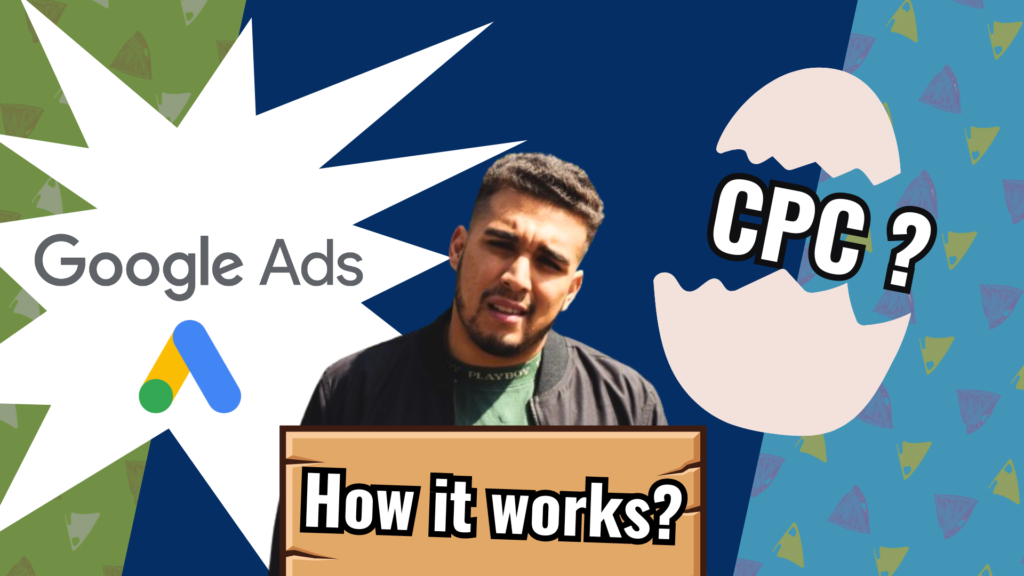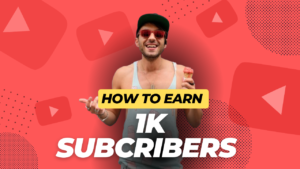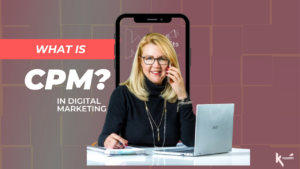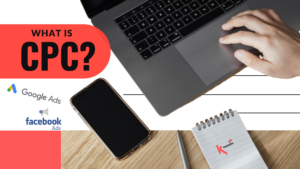Ever found yourself scratching your head, wondering, “What on earth is CPC?” Or perhaps you’ve pondered, “How can I calculate it?” Maybe you’ve even asked, “How much would I end up paying in this pricing module?” Fear not, because today, we’re diving into the world of Cost-Per-Click (CPC) to answer all your burning questions. So, grab a virtual cup of curiosity and let’s get started!
Cost per Click (CPC) is like the price tag on the digital advertising shelf. It’s the metric that reveals the magic number advertisers pay each time someone clicks on their ads, whether it’s on websites or social media platforms. Understanding CPC is a crucial task for marketers because lowering the cost of clicks and ensuring the quality of ad traffic should be the main aim of a marketer.
How does CPC work?
Imagine a website (Publisher) offering a CPC rate of $0.10. If an advertiser sets a budget of $100, they would be billed for 1,000 clicks. It’s a straightforward system, ensuring that advertisers have control over their spending and don’t end up with unexpected bills. Most publishers use Ad platforms to match them with advertisers. The ad platforms match ads with publisher websites based on relevancy. One of the digital advertising platforms for advertisers is Google Ads.
For example,
We were looking for a free email marketing tool. We typed “Free Email Marketing Tool” into Google, and the first two results that come up are labeled as “Sponsored”. This label means that these results are paid advertisements. These sponsored ads gain better visibility on the SERP page as they reside on the top results.
In this case, Advertisers paid to have their results shown first when people search for specific keyword, like “Free Email Marketing Tool.”
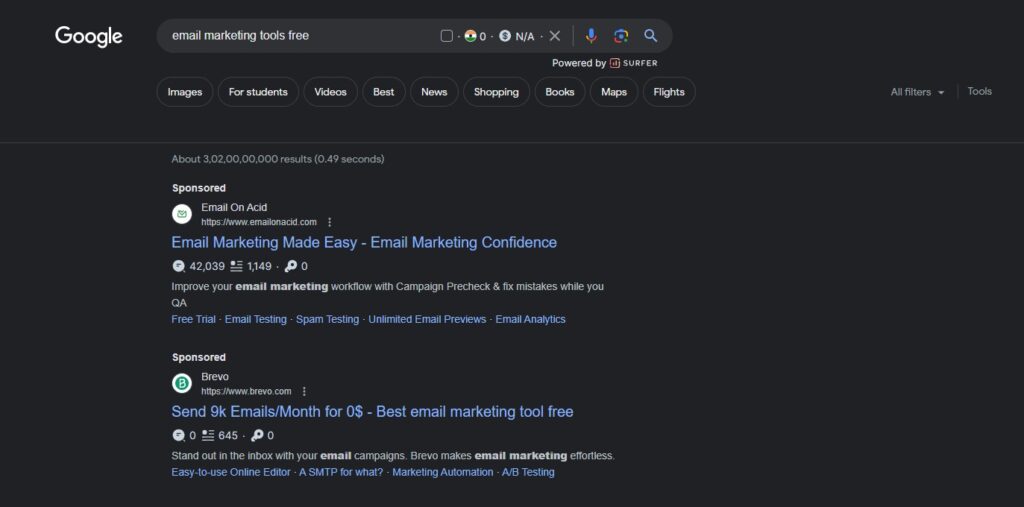
Whenever, someone clicks on the Sponsored links then the advertiser gets charged.
Why Does CPC Matter?
CPC matters because it directly impacts your advertising budget. It’s like deciding how much you’re willing to spend for someone to stroll into your virtual store. If you set a higher CPC, you might get more visibility, but it comes at a cost. Finding the sweet spot between budget and visibility is the key.
There is a concept called Maximum CPC bid limit. It is an advanced option for people who want more control over their Maximize Clicks bid strategy. A bid limit lets you control the maximum amount you’ll pay for each click. To let Google Ads automatically set bids to maximize your clicks, leave the field blank.
When you’re paying for each click, the bills can quickly pile up. Hence, a strategic plan becomes your shield against overspending. The crux lies in delving into research to identify keywords that not only align with your offerings but also resonate with your target audience.
Google uses their own grading system when it comes to effectiveness and relevance of advertisements. The grading is primarily governed by Google’s Quality Score, a dynamic metric that evaluates various factors to gauge the overall quality and user experience of an ad.
CPC can bring amazing results for a business if it’s implemented with the right knowledge; it’s the knowledge and experience of a digital marketer that contributes in forming a CPC strategy that becomes a lethal weapon in the online advertising game.
So, set those bids with confidence, keep an eye on the numbers, and let the digital journey be a road trip of profitable experiences.
Stay curious and happy clicking till the very end!

